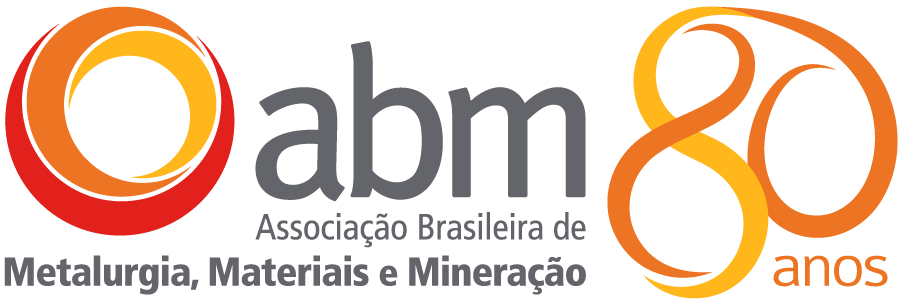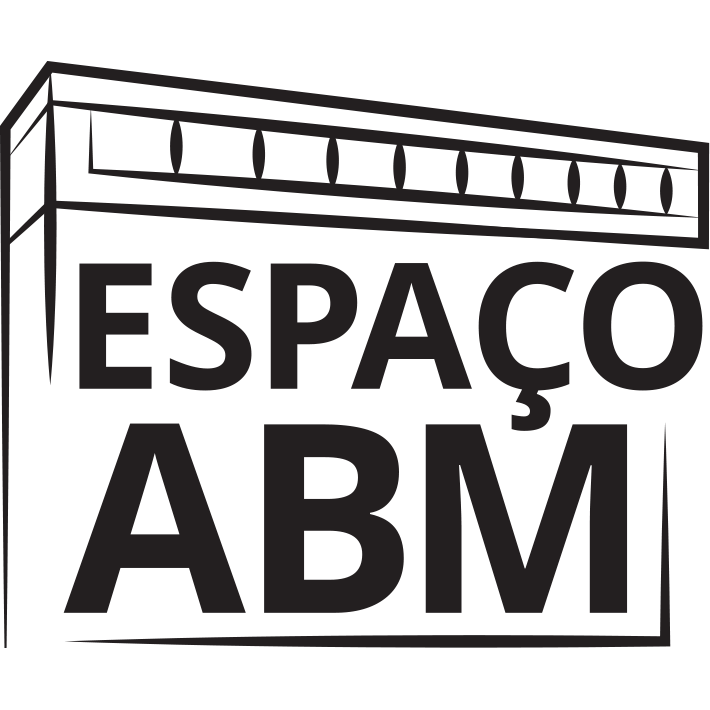New processes and materials pave the way for advances in the molds and tools segment

Accelerated technological innovations and the emergence of new materials and production processes have transformed the tools, molds, and dies segment in recent years. Their adoption by the industry requires new ways of dealing with shop-floor-generated information flows, in the view of industry professionals who participated in the 18th Meeting of Tools, Molds, and Dies Production Chain.
Held on June 8, the event was organized for the first time as part of ABM WEEK, whose 6th edition took place this year. The outcome was enhanced integration of the segment into broader debates in the mining, metals, and materials industries.
In fact, the challenges and opportunities currently facing the tool, mold, and die industry mirror the far-reaching transformations the industry as a whole has experienced. In this context, Industry 4.0-supported technological tools and processes, such as additive manufacturing, appear as great possibilities for change in the segment.
According to participants of the Shaping the Future roundtable, technological advancement usually translates into automation, productivity, and dependability.
“Thinking about this production chain as a whole, the point is the need to use knowledge and process automation on an ever increasing scale. With the advancement of technologies, we’ll make processes more reliable, with fewer losses and greater gains for the entire chain,” Giovani Cappucio, a consultant with Villares Metals, said.
However, this is a move that relies on trained professionals who are familiar with new technologies and information management suited to the new model.
“It’s evident that machines have been advancing, with increasing printing capabilities, larger variety of materials, and stricter mechanical property standards to be achieved,” ponders Octávio Schichi, business consultant at Höganäs Brasil.
“Nevertheless, while the focus has been put on materials, equipment, and technologies, I think the biggest issue is people. We have to prepare ourselves and prepare people,” he added.
Such preparation also involves defining new parameters to deal with data generated along the manufacturing process, HEF-Durferrit do Brasil’s general director, Danilo Assad Ludewigs, advocates.
“Industry 4.0 is a revolution that everyone’s heard about, but few people have jumped into. Big data and analytics deal with information flows that allow us to understand what happens in the machine, in the tool, and in production,” he said during the meeting.
“It’s not a matter of selling just components, but also information. This is another reality – and it will come true,” Ludewigs concluded.
Certain specific possibilities for innovation, which are behind process automation and improved production quality, have been consolidated in the molds and tools segment in recent years. Speakers at the 18th Meeting presented some of the tools and materials that have gained traction – and that appear as a promise to transform the industry.
This is the case of the CAM system (computer-assisted manufacturing), which has been used in the machining of hardened materials. According to Silvio Antonio Bauco, process manager at Sandvik Coromant do Brasil, the system plays a key role by defining the tool’s path and trajectory.
“Working together with programmers is a good thing,” Bauco says. In his view, pre-finishing is a step very often disregarded in the machining process: “Most operations jump directly to the finish phase, but pre-finishing is the most important step because it mirrors the finish.”
Another solution addressed during the event was the DLC (diamond-like carbon) coating applied by the PVD or PECVD process, with a final thickness of a few microns.
“DLC combines the low friction of carbon and the hardness of diamond,” HEF Durferrit’s Development and Applications consultant, Paulo Vencovsky, explains. The benefits this kind of coating brings include increased tool life, reduced inventories, higher quality for longer, faster production, and minimized downtime.
It is not just a matter of materials, but a high-technology factory also offers many competitive advantages, pointed out Glauber Longo, commercial director at TopSolid, which provides integrated digital manufacturing solutions.
Multilateral platforms, which may become an important business area, were another aspect of digitization addressed at the event. They can integrate the entire production chain, including manufacturers, consumers, suppliers, and sales representatives, on top of aligning supply and demand.
“It facilitates the exchange of information, promotes interactions, and creates value for all parties involved,” explains Valdecir Pereira, partner and R&D director at GRV Software.
One of the biggest innovations in the industry is 3D printing, also called additive manufacturing, as opposed to subtractive manufacturing through machining. Currently, the powder bed fusion (LPBF) method, in which the part size depends on the manufacturing chamber size, and the direct energy deposition method, which requires finishing but provides size flexibility, are widely used, explained Daniel Rodrigues, director with BRATS.
Nevertheless, additive manufacturing should be seen as a supplementary technology that cannot fully replace traditional steel manufacturing. “It’s advantageous to manufacture a few parts. Imagine if it would be possible to configure a machine to make just 10 or 15 pieces,” Octávio Schichi added.
The 6th ABM WEEK is hosted by Gerdau and is sponsored by the following companies: Açokorte, Air Liquide, Alkegen, Amepa GmbH, Aperam, ArcelorMittal, Atomat Services, AutoForm, BM Group/Polytec, BRC, Braincube, CBMM, CEMI, Combustol, Clariant, Danieli, Dassault Systèmes, DME Engenharia, Eirich, Enacom, Engineering, Evonik, Fosbel, GSI, Harsco, Hatch/CISDI, Ibar, Imerys, IMS Messsysteme GmbH, Isra Vision Parsytec, John Cockerill Industry, Kuttner, Metso Outotec, Nalco Water/Ecolab, Nouryon, Primetals Technologies, PSI Metals, Reframax , RHI Magnesita, Saint-Gobain, SMS Group Paul Wurth/ Vetta, Spraying Systems, Suez, SunCoke, Tecnosulfur, Ternium, Timken, Thermo Fischer, TopSolid, TRB, Unimetal, Usiminas, Vale, Vamtec, Vesuvius, Villares Metals, Wallonia.be (ADI – Industrial Services, John Cockerill Hydrogen, BorderSystem, Datanet International, Synthetis e PEPITe), White Martins e Yellow Solution. Special support: : CNPq. Institutional support: Abal, Abendi, AIST, AIST Mena, Alacero, Casa de Metal, CBCA, Elsevieir, Ibram, ICZ e Instituto Aço Brasil, CIMM e Ind4.0




















Deixe seu comentário